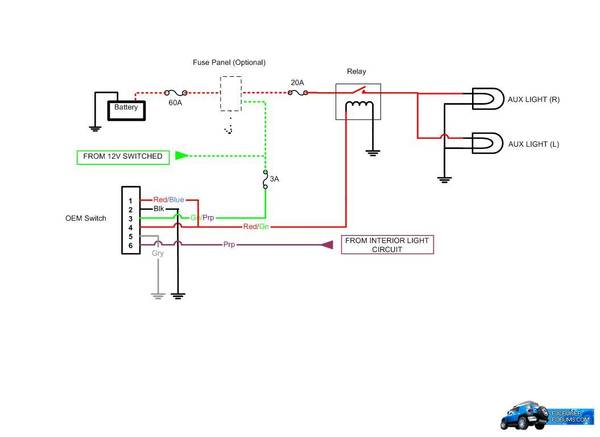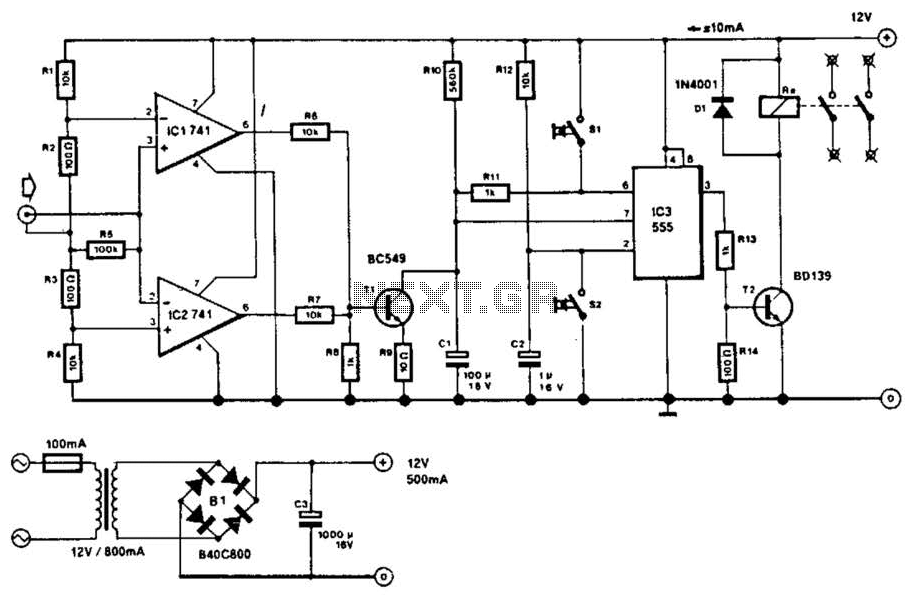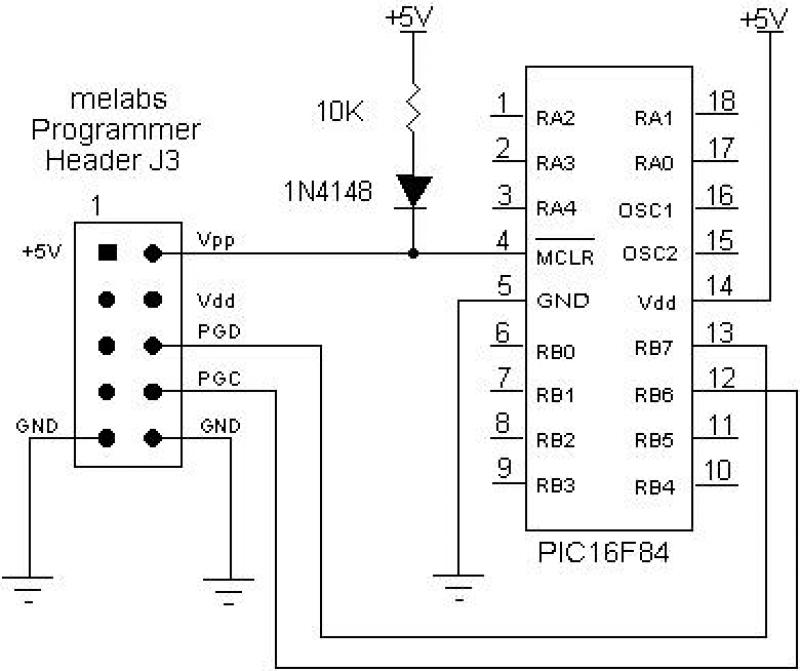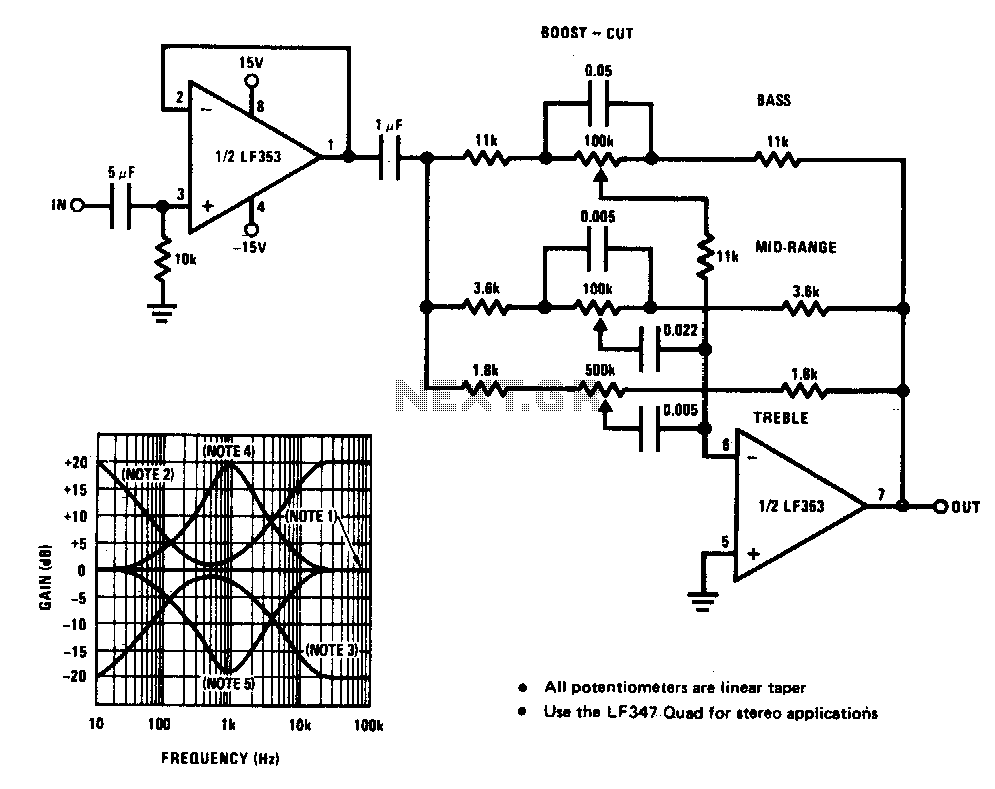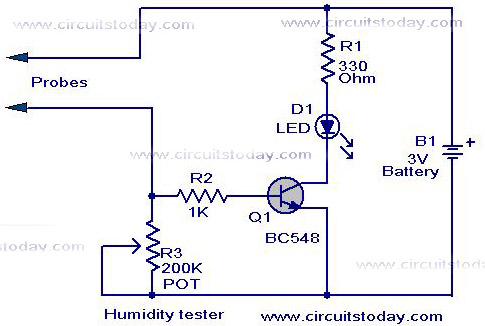
rain / water alarm circuit diagram

The sensor must be positioned at an angle of approximately 30 to 45 degrees relative to the ground. This orientation facilitates the drainage of rainwater, preventing accumulation that could trigger the alarm due to water retention on the sensor. The sensor should be constructed from aluminum rather than copper, as copper tends to develop a blue oxide layer when exposed to moisture over time, requiring regular cleaning.
The design of the sensor installation emphasizes the importance of angle and material choice to ensure optimal functionality. Positioning the sensor at a 30 to 45-degree angle is critical for effective water runoff. This angle allows rainwater to flow away from the sensor, thereby minimizing the risk of false alarms triggered by water accumulation.
The selection of aluminum as the material for the sensor is also significant. Aluminum is resistant to corrosion and does not form an oxide layer that would impair its functionality, unlike copper, which can develop a blue oxide layer when exposed to moisture. This characteristic of copper necessitates frequent maintenance to keep the sensor operational, which is not ideal for long-term use.
In addition to these considerations, the overall design of the sensor system should include appropriate mounting hardware that can securely hold the sensor at the specified angle. The mounting system should be robust enough to withstand environmental conditions while allowing for adjustments as necessary.
Furthermore, the sensor's electrical components should be protected from moisture ingress, which could adversely affect performance. Utilizing sealed connectors and conformal coatings on the circuit board can enhance the durability of the sensor in outdoor applications.
Overall, the integration of these design principles will lead to a reliable and effective sensor system that minimizes maintenance and enhances performance in wet conditions.It has to placed making an angle of about 30 - 45 degrees to the ground. This makes the rain water to flow through it to the ground and prevents the alarm from going on due to the stored water on the sensor. The metal used to make the sensor has to be aluminium and not copper. This is because copper forms a blue oxide on its layer on prolonged exp osure to moisture and has to be cleaned regularly. Disclaimer: All the information present on this site are for personal use only. No commercial use is permitted without the prior permission from authors of this website. All content on this site is provided as is and without any guarantee on any kind, implied or otherwise. We cannot be held responsible for any errors, omissions, or damages arising out of use of information available on this web site.
The content in this site may contain COPYRIGHTED information and should not be reproduced in any way without prior permission from the authors. 🔗 External reference
The design of the sensor installation emphasizes the importance of angle and material choice to ensure optimal functionality. Positioning the sensor at a 30 to 45-degree angle is critical for effective water runoff. This angle allows rainwater to flow away from the sensor, thereby minimizing the risk of false alarms triggered by water accumulation.
The selection of aluminum as the material for the sensor is also significant. Aluminum is resistant to corrosion and does not form an oxide layer that would impair its functionality, unlike copper, which can develop a blue oxide layer when exposed to moisture. This characteristic of copper necessitates frequent maintenance to keep the sensor operational, which is not ideal for long-term use.
In addition to these considerations, the overall design of the sensor system should include appropriate mounting hardware that can securely hold the sensor at the specified angle. The mounting system should be robust enough to withstand environmental conditions while allowing for adjustments as necessary.
Furthermore, the sensor's electrical components should be protected from moisture ingress, which could adversely affect performance. Utilizing sealed connectors and conformal coatings on the circuit board can enhance the durability of the sensor in outdoor applications.
Overall, the integration of these design principles will lead to a reliable and effective sensor system that minimizes maintenance and enhances performance in wet conditions.It has to placed making an angle of about 30 - 45 degrees to the ground. This makes the rain water to flow through it to the ground and prevents the alarm from going on due to the stored water on the sensor. The metal used to make the sensor has to be aluminium and not copper. This is because copper forms a blue oxide on its layer on prolonged exp osure to moisture and has to be cleaned regularly. Disclaimer: All the information present on this site are for personal use only. No commercial use is permitted without the prior permission from authors of this website. All content on this site is provided as is and without any guarantee on any kind, implied or otherwise. We cannot be held responsible for any errors, omissions, or damages arising out of use of information available on this web site.
The content in this site may contain COPYRIGHTED information and should not be reproduced in any way without prior permission from the authors. 🔗 External reference

